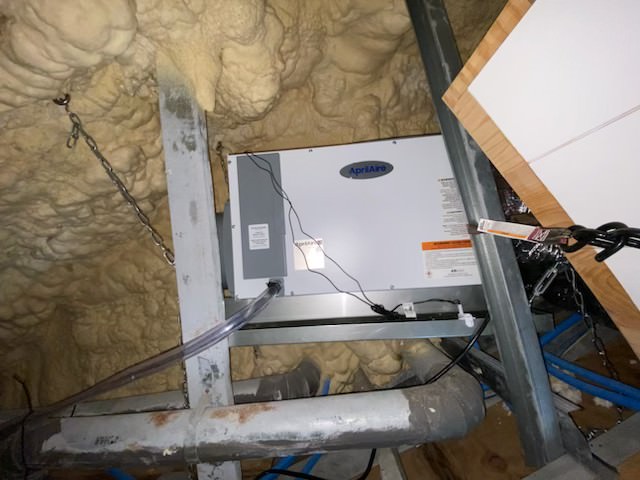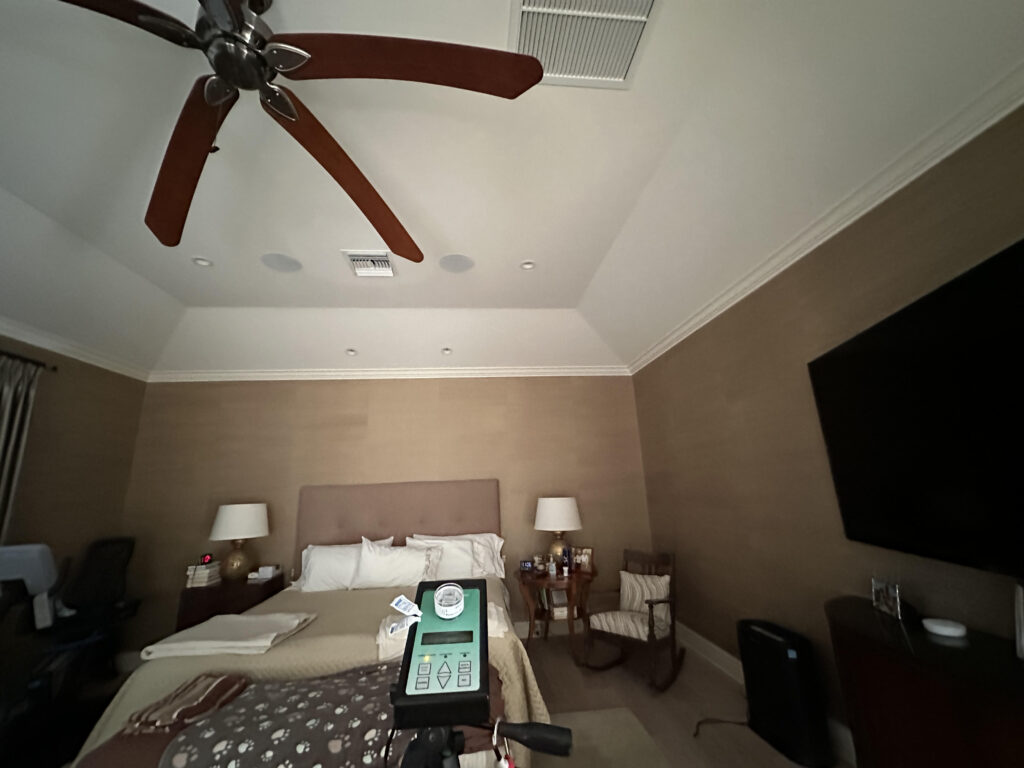Whether you live in a tropical climate or even in a Northern climate, it is crucial to ensure humidity in the home is kept in check. Humidity which is also referred to as relative humidity (RH) is the percentage of moisture the air holds at any given time versus the maximum amount it can hold prior to it becoming saturated.
While relative humidity not only prevents it from getting sticky and moist in the home, it can also help prevent mold growth or porous surfaces. If not kept in check, it can even affect the structural integrity of a home.
What is the Optimal Relative Humidity For A Home?
According to the American Society of Heating, Refrigeration and Air Conditioning Engineers (ASHRAE), the optimal indoor thermal comfort range is 73°-81° Fahrenheit in the summer months and 68°-76° in the winter months. The ASHRAE standard for indoor relative humidity is between 30% and 60%. The potential for microbial growth increases as the relative humidity increases above 60%. While ASHRAE suggests under 60% many publications even suggest keeping the relative humidity under 50%.
The higher the relative humidity is, the warmer a home will feel. You can have your HVAC system set to 71 Degrees F. but if your humidity is also at 71% you won’t be able to tell it’s that cold.
Green Fox Air Quality gets called out to homes very often where the client is complaining about the temperature in a home only for us to find out the temperature is fine, it’s the humidity that is actually high.
What Happens to Your Home If Relative Humidity is Higher Than 60%?
Comfort is obviously what will be most affected when you have high humidity in the home but there are multiple other symptoms present that may not be quite as visible or apparent to you.
Higher Electric Bills
Because your HVAC system is not dehumidifying, it will likely be staying on more than it usually would causing your energy bills to skyrocket.
Sweating Air Handler, Registers and Ductwork
Think of your HVAC system as a person. Let’s say for example as humans we go out for a long run, what happens to us? We get all sweaty. Well, your HVAC system is exactly the same way. Your air handler, ductwork and even registers will start sweating leading to more moisture in your HVAC system. The more moisture in your HVAC system, the more likely mold will be found in it. And if your ducts are sweating in the attic space, it can lead to mold in your attic.
Mold Growth on Building Materials and Contents
Long periods of high humidity can also lead to moisture build-up on both building supplies and porous contents such as clothes and furniture. While moisture accumulates, it can lead to surface mold growth on these items. This is especially true in dark moist areas.
How To Resolve Humidity Issues In A Home
There are multiple ways to resolve humidity issues in a home, but the number one way will be through mechanical dehumidification. Prior to doing so, it is important to ensure this the high humidity in the home is not a self-inflicted wound.
One issue that HVAC companies encounter very often when a client has a humidity issue is that they run their HVAC system with the fan set to the “On” position. This constant running of the HVAC system leads to the issue we already spoke about with your HVAC unit constantly running. Setting the thermostat to the “Auto” position will resolve this issue.
If your HVAC thermostat has been set properly, then what is the alternative solution?
External Dehumidifier
You can buy an external dehumidifier which can help remove moisture from a room. These devices are usually plugged into the wall and fill up a built-in bucket. Once the bucket is filled most units will shut off. Some of the better units also have a drain you can run to a plumbing fixture such as a sink or tub so it can run constantly.
Smaller dehumidifiers have a capacity of about 20 pints, medium-sized units have a capacity of about 30 pints and a larger unit usually covers around 1000 sq feet.
Inline Dehumidifier
Inline dehumidification involves installing a dehumidifier directly “inline” with your duct system to remove excess moisture from the air. This is not like the stand-alone dehumidifiers you buy in stores and you can put it in a single area of the home. It’s directly integrated into your HVAC system to control humidity throughout the entire home.

Adjust Your HVAC Air Handler
One would hope that your HVAC air handler is properly sized. If your unit is oversized your HVAC system may not run long enough to properly dehumidify an area. And if your HVAC system is too small, it may run overtime to try and dehumidify a home only to do the complete opposite.
In the case that your HVAC system is properly sized, it may be caused by an adjustment within your HVAC air handler. It may be the fan is not on the proper speed.
Ducts Leaking Air In The Attic
Air ducts leading the attic can not only lead to excess condensation but if could prevent your HVAC system to reach the optimal humidity. Over time, the tape and insulation that holds your HVAC ductwork together can deteriorate. Other factors such as rodents can also lead to your ducts leaking air can also lead to issues.
Ensuring all connections from your ducts to your register cans are completely sealed is absolutely integral to the foundation of the HVAC duct system in your home.
Conclusion
In conclusion, whether you get a mechanical system for dehumidification or you fix an on-going issue with your current equipment it is vital to bring the humidity in your home well below 60%.
In the summer months when it’s hot, being all sticky is the least of your problems as high humidity can lead to costly issues and possibly even lead to health issues in the home.


